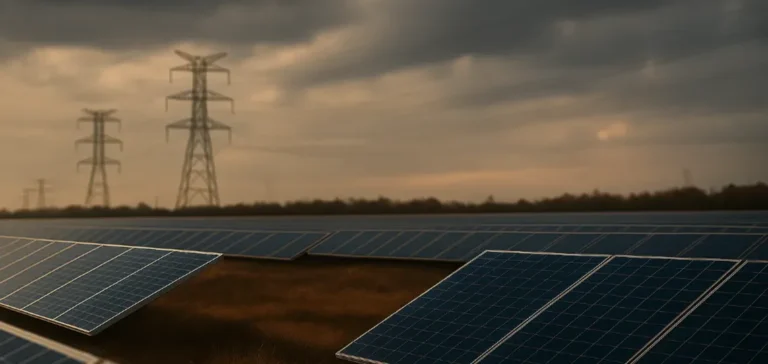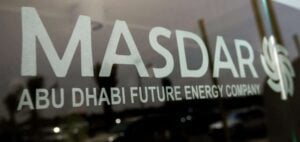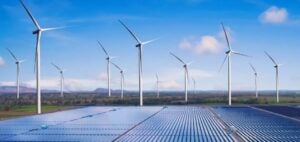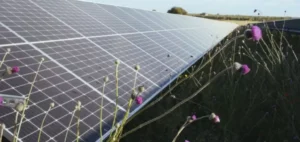The U.S. Energy Information Administration (EIA), in its Preliminary Monthly Electric Generator Inventory of June 2025, reports that American developers added 12 gigawatts (GW) of new solar capacity in the first half of the year. For the second half, they plan an additional 21 GW. If these projects are realized, solar will account for more than half of the 64 GW of new capacity announced for 2025, making it the dominant technology.
All projects combined could set a new annual record for U.S. capacity additions, reaching 64 GW. The previous record dates back to 2002, when 58 GW were added, including 57 GW from natural gas. Since then, natural gas has remained a consistent source of new capacity each year, but the share of alternative technologies, particularly solar, wind, and battery storage, has steadily increased.
Texas concentrates a growing share of the solar market
Texas plays a central role in the current dynamic. Of the 12 GW of solar capacity installed in the first half of the year, 27% (3.2 GW) were located in the state. Forecasts point to an additional 9.7 GW of new installations by year-end. Texas has now surpassed California as the leading U.S. state in utility-scale solar capacity, confirming its key role in the sector.
Battery storage ranks second with 5.9 GW added in the first half, representing 26% of the total. Half of this capacity came from projects in Arizona and California. Developers in Texas plan to add 7 GW of storage in 2025, most of which is expected to come online in the second half of the year.
Limited retirements and postponed closures
Capacity retirements remained modest in the first half of the year. Of the 8.7 GW planned for retirement in 2025, only 2 GW have been decommissioned so far. In addition, 3.6 GW of retirements have been postponed or canceled. These include coal-fired Units 1 and 2 of Brandon Shores (1.3 GW) and oil-fired Units 3 and 4 of Herbert A Wagner (0.7 GW) in Maryland, as well as natural gas-fired Units 1, 2, and 3 of the V H Braunig plant (0.9 GW) in Texas.
According to current intentions, 71% of retirements in 2025 will involve coal-fired plants and 19% natural gas facilities. The data confirm that the U.S. market is driven more by significant capacity additions than by an accelerated pace of retirements.






















